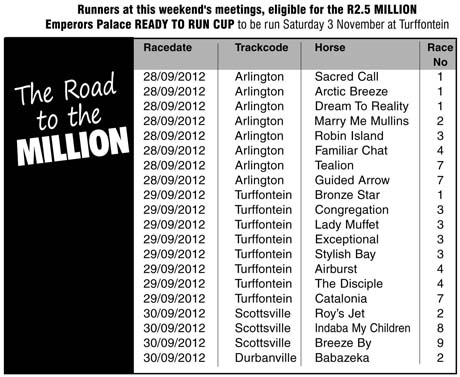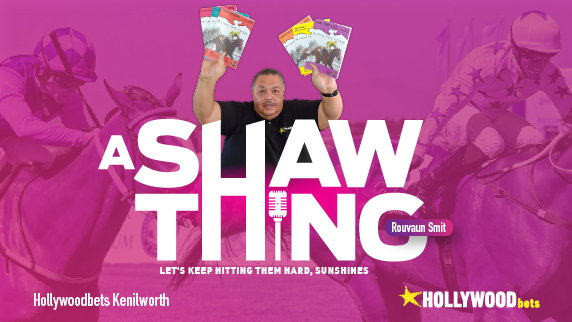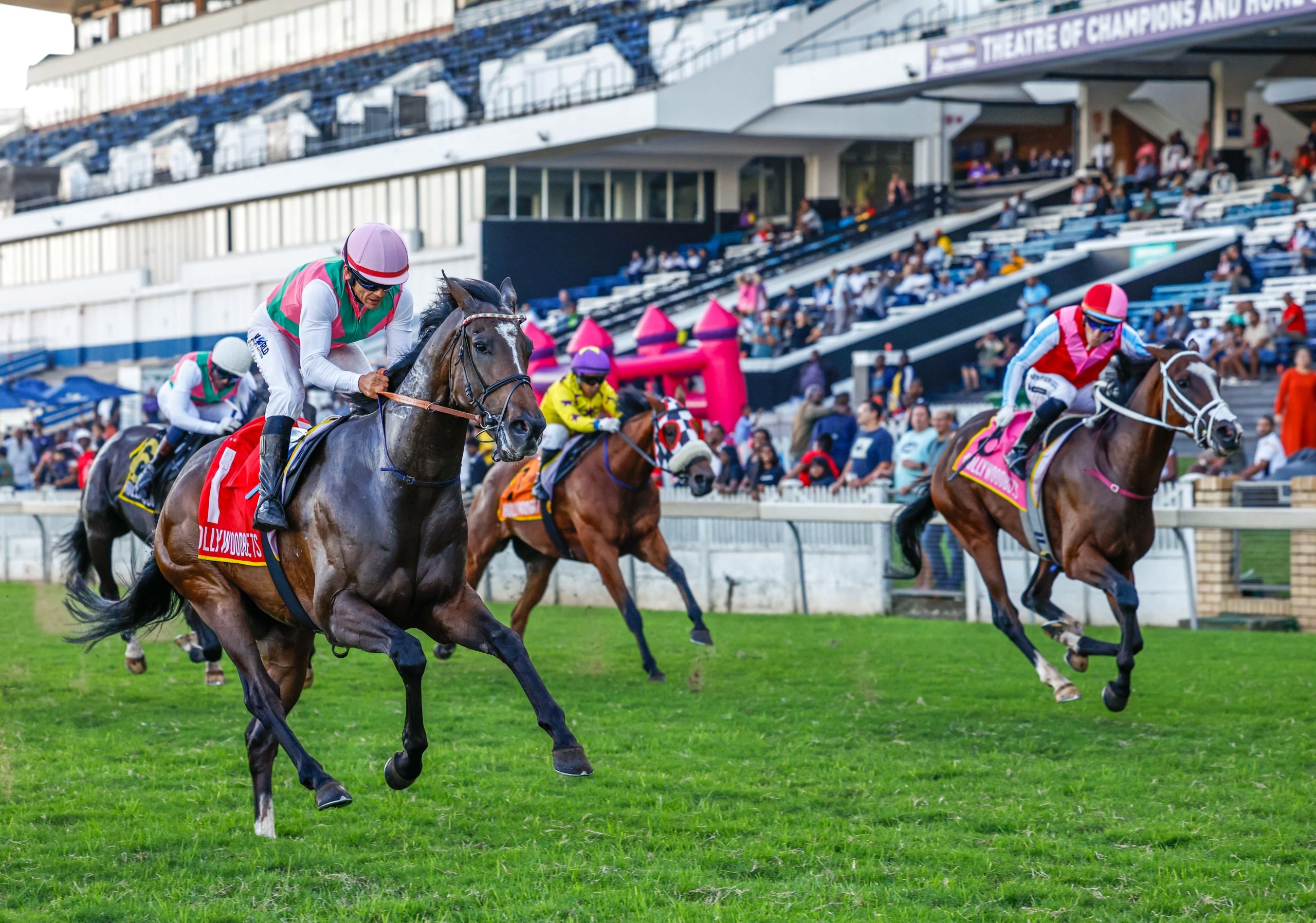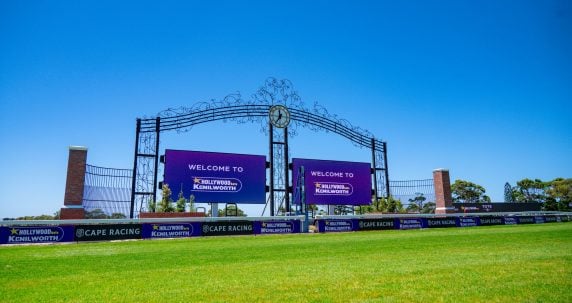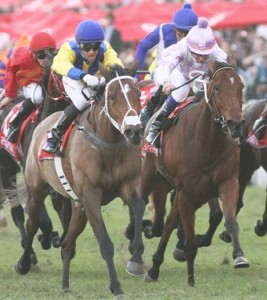
Sale graduates – Igugu and Piere Jourdan 1-2 in the Vodacom Durban July
We’ve all heard the extravagant claim that the Emperors Palace Ready To Run sale, pound-for-pound, is the best sale of racehorses in the world. Its graduates in recent years have included a clean sweep of the “Big Three”, the Vodacom Durban July, the J&B Met and the Summer Cup (when it was still the GommaGomma Challenge). It has given us a recent Horse of the Year, the nation’s biggest earners in each of the 2010 and 2011 racing seasons, and a litany of Group One winners. While its Honour Roll over the years has been informed by the prolific careers of many of its graduates, in the past five, the focus has been fixed sharply on the outcomes of the Emperors Palace Ready To Run Cup, and we tend to forget that there is more to the sale than just the 16 candidates that line up for the R2.5million prize of the Cup on the first Saturday in November.
That said, since there’s so much at stake these days, it’s worth revisiting the first five renewals of the Ready To Run Cup, which kicked off on November 3rd 2007. Who could forget Clyde Basel’s desperate call “Umngazi, Imbongi, the two Zulus”, as he battled to get his tongue around their names, with Anton Marcus and Pierre Strydom flailing their sticks to get their hands on the R500,000 prize. Remarkably, the first seven home that day, all became Black-type earners, five of them at Group-level, while the tenth Galant Gagnant, was beaten just a head by Russian Sage in the Daily News 2000 (Gr.1). All of Phunyuka, Mat Gold and Mzwilili were subsequent Group-winners, The Big Ask and Gymnast were Stakes-performers, while Art Of War (three time winner at the Dubai Racing Festival), and the Gold Bowl (Gr.2) victor, Winning Leap, were among the reserves.
In 2008, Robbie Hill booted home Mike Miller’s Group-winning filly, Smangaliso, from Fenerbahce (again at the expense of Pierre Strydom), and the Gold Field’s ace, Fakazi, while the Strelitzia (Gr.3) winner, Thekkady and the feature race performers, Hurricane Force and Golden Scold, were behind.
2009 was something else. No fewer than half the field became Group-winners, 70% of the field were Black-type scorers, and the first two home, Pierre Jourdan and Fisani, were subsequent winners of the Colts and Fillies versions of the Gauteng Guineas on the same day. By any standards, this was a Group One event, including as it did the lofty likes on Smanjemanje (15th of 16 that day), millionairess Mannequin, recent American Stakes-winner Mahubo, Blue Voyager and the horse that ran second in both the Gauteng and KZN Guineas, Havasha.
It’s arguable that, measured in the pure terms of Black-type achievement, the 2010 renewal was the least successful (five Stakes-performers, or 33% of them), yet it’s hard to get away from the fact that it contained two of the best fillies of that generation. For the record, the subsequent Horse of the Year and Vodacom Durban July and J&B Met heroine, Igugu, went down for the first time that day to the outrageous talent of Hollywoodboulevard, but that’s the way it ended, and we all know what happened after that.
Finally, we come to last year’s running, which is still very much a work-in-progress, from the perspective that several of its contestants still have their best days in front of them. Nonetheless, no fewer than six of the first ten home that day are already Black-type scorers, including the millionairess Extra Zero, while Mike de Kock’s winner, Red Barrel, highly regarded at home, has yet to see a racecourse since.
Encouragingly, what these results tell us is that the Emperors Palace Ready To Run Cup is by no means a one horse pony trick. It has been won by high-flyers and low-flyers, the rich and the not-so-rich, the big yards and the little yards, and by jockeys from all over. The only constant is the prize money, and this year they’ll be racing for as much as the J&B Met.
